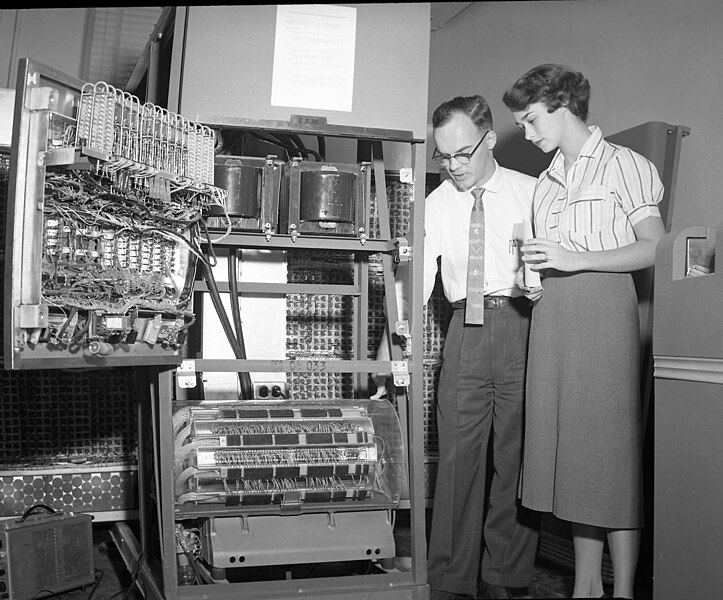Originally posted by duby229
View Post
Also printers aren't dumb, they use software to transform image files into ink on a paper and no two printers will print exactly the same because their software isn't exactly the same.
Sure some (most) consumer printers are idiotic hell-spawned pieces of crap that flip your pages BY NON-CHANGEABLE DEFAULT and add 3cm of borders to everything (again not changeable), but that's because the firmware/drivers/softwares are a piece of shit that was coded by monkeys in the dark.
High end ones don't have that much issues, because those doing high-end printing cannot put up with that crap and pay for moar quality control.
I don't understand how you can think the transformation from design to physical hardware is 0 modifications. Obviously it's very highly sophisticated modification.
Making hardware is not like making software, there are no magical compilers that take a design that is perfectly fine and tweak it for lulz. A factory making physical objects (any physical object) makes as perfect as possible copies of the design at the lowest cost pssible, it's not the factory's work to do any kind of optimization, their task is mass-production.
A compiler is NOT a factory. You maybe think it is because you only stop at the surface because you are a goat. Yes it takes the source and spits an executable binary, but it does MUCH more and is crucial for software. Software that isn't optimized by a compiler but just compiled brutally runs like total crap. Compilers do all sorts of sanity checks and controls and whine like little bitches if they find things they don't like, and so on and so forth.





Comment